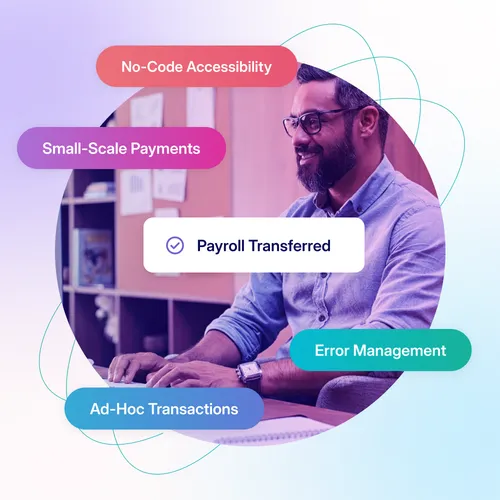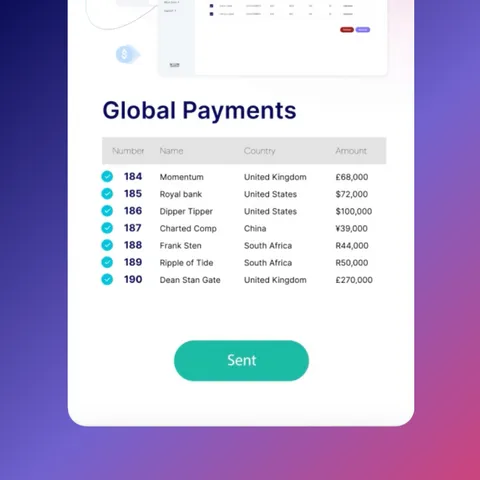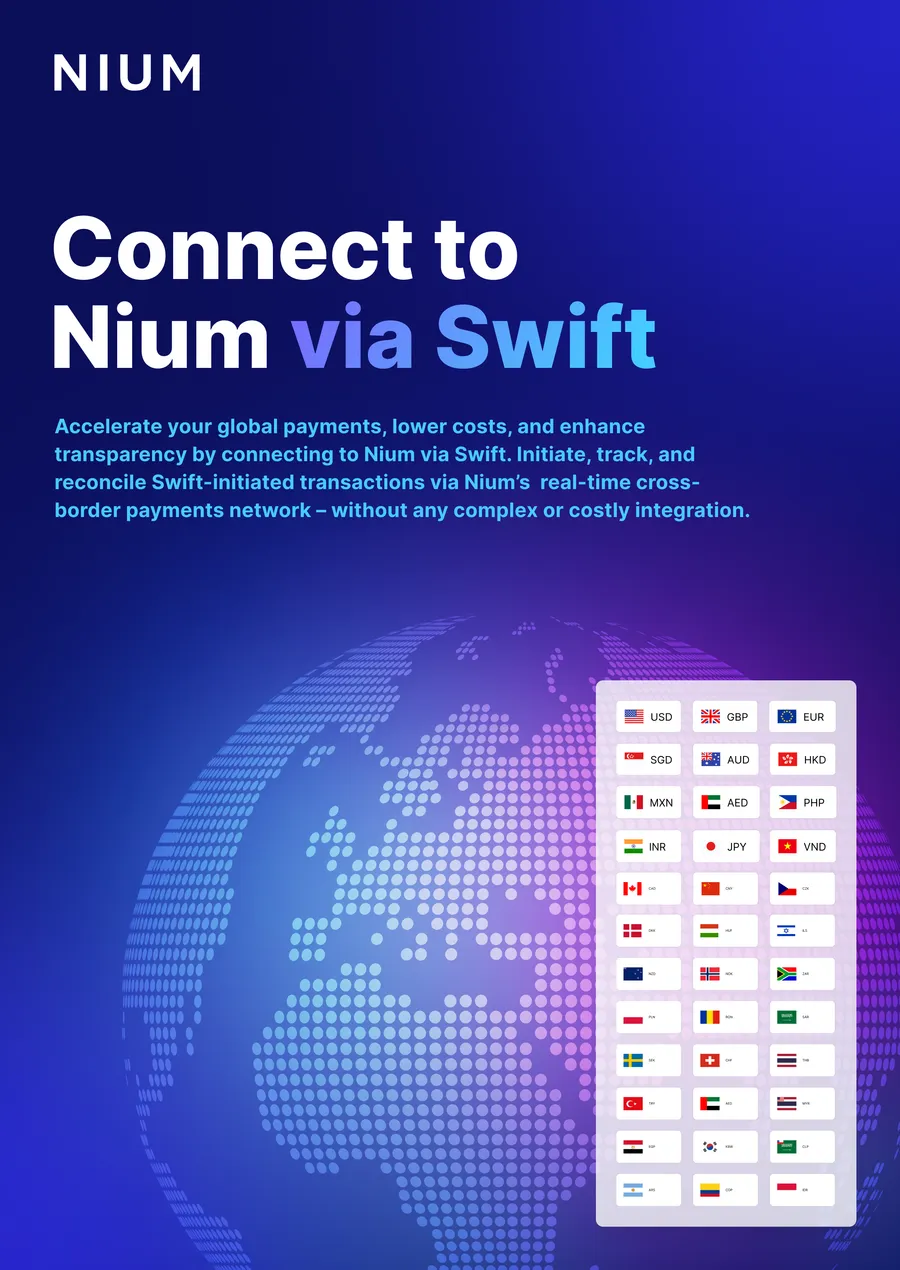2022 was a rollercoaster for banks, businesses and consumers – as is often the case, disruption drives innovation and we saw plenty of it. Intense competition, new business models and changing consumer preference mean that the market is changing faster than ever, especially when it comes to B2B cross-border payments.
As we head into 2023, payments will play a key role in helping businesses expand, service customers and manage their margins in a tighter economic environment. Here, members of the Nium leadership team examine the key trends that will make a difference in the year ahead and explain what those mean for business leaders.
1. Connected workforces will need connected payments
Robin Gandhi, CPO, Nium
As most business leaders know, the workforce as we know it is changing in front of our eyes, at a pace, we haven’t seen in decades. According to a December 2022 Labor Market Report, 60% of businesses plan to use more remote freelancers in the next two years while 78% of companies have used remote freelancers than a year ago.
If we look at how much more distributed the world became during the pandemic, it is clear from our customers and the market in general that platforms that enable contractors, employees, suppliers, and everything in between to contribute to the overall economy will continue to become more global and have needs that require fast and efficient payment anywhere in real-time.
As we continue in this recession and see companies making hard decisions to lay off employees, we will inevitably see more of those people finding work in the on-demand economy as drivers, artists, developers, writers, and more. Those people will be all over the world, and we will need to find ways to get them paid for their work on time and in whatever form factor works best for them.
2. Payment diversity is here to stay
Lisa Sung, VP – Business Development and Head of Sales – North Asia
Buying and selling used to be simple – issuing and paying invoices through your business account on regular terms. But globalization, new markets, and the explosion of available channels have thrown all that up in the air. Global cashless payment volumes are set to increase by more than 80% from 2020 to 2025 and to almost triple by 2030.
Social commerce remains one of the top sources and dominates online shoppers’ options across the globe, forming a high-demand ecosystem for creators and next-generation buyers. Meanwhile, subscription commerce has emerged as a powerful business model, with digital platforms and marketplaces providing goods and services on a global basis. For digital service providers, the growth of DTC (Direct to Consumer) has put new pressure on SaaS providers to integrate with multiple local payment methods simultaneously.
Every new opportunity brings new challenges to solve – that’s why it’s such an exciting time to be growing a business. But owners also need to make sure to have their payment rails in place before they expand, not after, or face stinging compliance issues, international fees, and reporting blackouts.
3. Latin America is poised for a payments revolution
Christina Hutchinson, VP of Business Development (LATAM)
While Silicon Valley likes to think of itself as the home of innovation, the most enthusiastic embrace of digital payments and new forms of on-demand money movement come from much further south.
As local economies recover from the pandemic, we predict that Latin America´s interest in consuming digital products and services will continue to rise, with growing demand for verticals such as the creator economy, SaaS, gaming (mainly e-sports), and travel. With some countries, such as Mexico, remaining severely underbanked, new payment methods have space to flourish beyond the hegemony of credit cards.
Despite cash remaining relevant, we will continue to see a rise in alternative payment methods, including digital wallets from consumers participating in the digital economy. This will also fuel growth in real-time and instant payments, as governments and banks create schemes to drive growth – as we’ve seen with PIX in Brazil driving interoperability discussions in the region.
4. The travel comeback will bring a wave of infrastructure competition
Spencer Hanlon, Global Head of Travel Payments and Head of Europe
It’s no secret that the travel industry has had a lot on its plate for the last two years. But as the world gets moving again, operators have had time to review how they work – it’s a once-in-a-career opportunity to return to genuinely profitable travel.
The biggest challenge has always been the complexity of playing internationally, be that by licenses, local practices, and jurisdictions. The successful players in the market of moving money around the world will be the ones who do the heavy lifting on behalf of their customers; the ones who understand that the world is not uniform, and the regulatory environment and the infrastructure and practices in place in every market are complex.
It’s here that payment providers will play a key role in removing compliance as a hurdle to international growth, customer acquisition, or revenue generation, helping rebuild not just travel networks but sustainable value.
5. Payments as an experience will be a key success driver
Frederick Crosby, CRO
In the next year, the reality of the permanence of our global business ecosystem will confront businesses hard. Those trying to deal with it “on the side” are going to lose out to others both from administration burden but even more importantly the experience they are trying to provide, whether it’s to a new customer, an important supplier, or their global talent. There are going to be a lot of different aspects of global payments that most companies never had to face, especially those people entering these markets for the first time. If you can’t get payments right, you won’t be able to succeed. If you can, you’ll have a serious advantage.
In this market–where conditions are tightening, and uncertainty looms–payments have to be reliable. If you start working for a company and you have to check whether your paycheck is coming in each month – that’s a bad experience. Same as suppliers – many don’t have the cash flow to be waiting for long transfer windows or missed payments. And when things go wrong, the costs of tracking down issues and solutions will stress out companies already staffed low for the uncertain economy. As more businesses adopt new payment methods–real-time, account-to-account, virtual cards–those who lag behind are going to stand out and struggle to retain the partners they need to succeed.
6. B2B payments will be a major competition area
Ramana Satyavarapu, CTO
Cross-border payments have been booming – especially in the world of B2B. But we’re yet to see them used to their full potential. Global pay outs have so many use cases, so many exceptions, and so many local laws around the world that catch out businesses every day. These lead to high fees, slow service, and missed opportunities.
With the growth of B2B marketplaces, hiring platforms, and gig networks, there’s now a real urgency in solving these challenges. When it comes to B2B cross-border payments, the transaction value of all B2B payments taking place across borders is expected to exceed $42.7 trillion in 2026, from $34 trillion in 2021. What was ‘good enough’ in 2019 could be a major risk factor in 2023 – businesses need to step up their game and make use of available technology to its fullest potential.
Our mission at Nium in 2023 is to continue building tools that solve the cross-border payments challenges for B2B companies to help teams focus on their core value proposition and expand globally to realize their true potential.
Make payments work for you in 2023
Succeeding in 2023 will require new levels of agility, flexibility and customer-focus from businesses. With economic conditions varying between regions and verticals, leaders will need to be ready to seize new opportunities to attract, retain and grow new audiences – and that means making payments easy, safe and seamless.
Nium is building the infrastructure for on-demand payments in the era of truly global business.
With a modular API suite, companies all over the world can access fully compliant payment rails and secure regulatory licenses and authorizations in over 40 countries. Wherever your plans take you, Nium offers seamless payment acceptance for your customers and partners – in a range of methods.
To find out more about how Nium can power growth for your business and help you connect with new customers, book a call with one of our payment experts today.







.png@webp)






